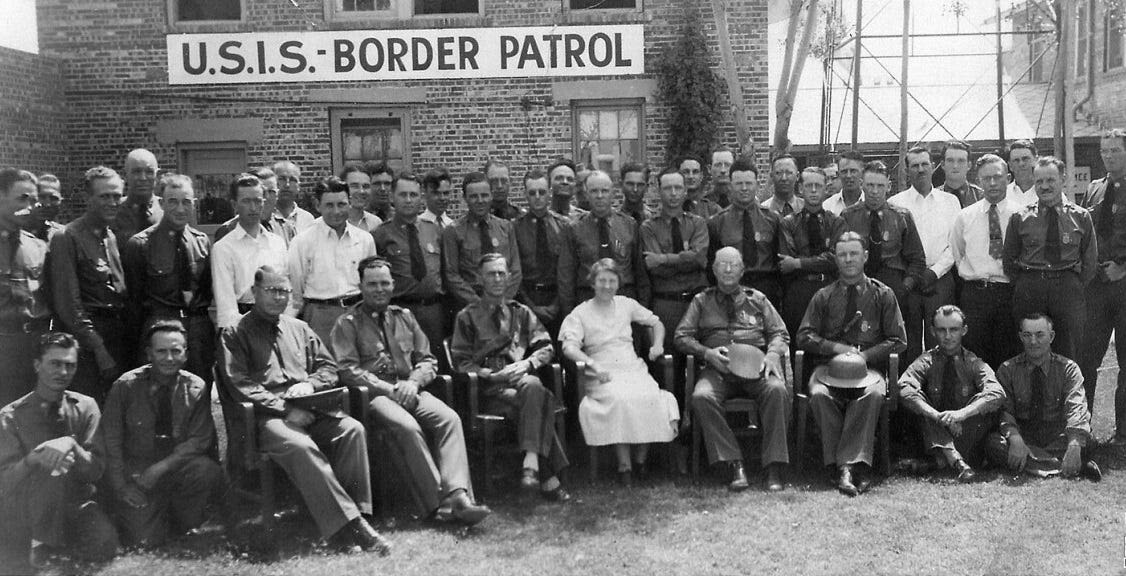Search results
The Immigration Act of 1924 limited the number of immigrants allowed entry into the United States through a national origins quota. The quota provided immigration visas to two percent of the total number of people of each nationality in the United States as of the 1890 national census.
- 1921–1936 Interwar Diplomacy
About Us; Home; Milestones; 1921-1936; 1921–1936: Interwar...
- The Dawes Plan, The Young Plan, German Reparations, and Inter-allied War Debts
Unable to agree upon the amount that Germany should pay at...
- The Neutrality Acts 1930S
The Neutrality Act of 1937 did contain one important...
- The Kellogg-Briand Pact 1928
The Kellogg-Briand Pact, 1928 Introduction. The...
- The Washington Naval Conference 1921–1922
In 1921, U.S. Secretary of State Charles Evans Hughes...
- Office of The Historian
New Deal Trade Policy: The Export-Import Bank & the...
- 1921–1936 Interwar Diplomacy
To further limit immigration, this law established extended "national origins" quotas, a highly restrictive and quantitatively discriminatory system. The quota system would remain the primary means of determining immigrants' admissibility to the United States until 1965.
News about illegal immigration, 1924 Immigration Act, America
News about Border Patrol, history, uniforms
Also in the news
People also ask
What did the Immigration Act of 1924 do?
How long did the 1924 Immigration Act last?
What was the quota in 1924?
How did the immigration quota work?
Under the 1924 quota, only 4,000 per year were allowed since the 1890 quota counted only 182,580 Italians in the U.S. By contrast, the annual quota for Germany after the passage of the act was over 55,000 since German-born residents in 1890 numbered 2,784,894.
It made permanent strict quotas— defined as “two percent of the total number of people of each nationality in the United States as of the 1890 national census”—in order to...
May 15, 2024 · The 1924 law set the framework for policies that remain cornerstones of U.S. immigration law today: numerical limits on annual immigration, the ability to deport unauthorized immigrants no matter how long they have been in the United States, and the need for people to seek visas and meet other requirements before they reach U.S. soil.
Nov 16, 2009 · 1924. President Coolidge signs Immigration Act of 1924. Photo Credit: Bettmann Archive/Getty Images. On May 26, 1924, President Calvin Coolidge signs into law the Immigration Act of 1924, the...
Sep 20, 2021 · Existing nationality laws dating from 1790 and 1870 excluded people of Asian lineage from naturalizing. As a result, the 1924 Act meant that even Asians not previously prevented from immigrating – the Japanese in particular – would no longer be admitted to the United States.


